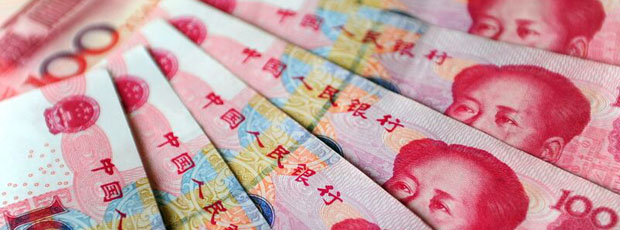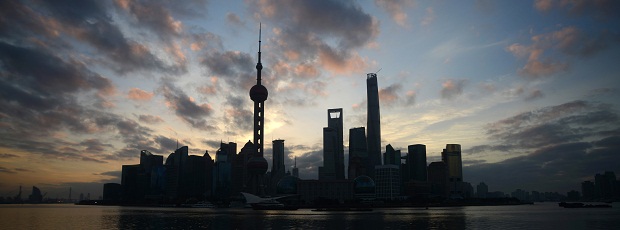06/04/2015
China / Economics

Despite the fanfare surrounding the establishment of the AIIB, a clear mission statement has yet to be produced. In the words of President Xi, the AIIB would boost growth and improve infrastructure across the region to help fulfil an "Asia-Pacific dream".
Created and largely funded by China, the Asian Infrastructure Investment Bank (AIIB) aims to be a multilateral lender to the region. The AIIB is central to China’s “One Belt, One Road” strategy. It will fund highways, ports, and other infrastructure throughout a “Silk Road Economic Belt” across the Eurasian land mass. Among other things, it would allow China to export its technologies and production more broadly to the region. The AIIB would also hasten RMB internationalisation.
First, to finance infrastructure spending, Beijing is encouraging Chinese banks to extend credit to project participants – most likely in the Chinese currency. Second, “One Belt, One Road” would boost China’s overseas direct investment (ODI). Recipient countries would use yuan to purchase capital goods, construction materials, and services from the mainland. Finally, closer trade and business ties with China would increase regional demand for the yuan. If the strategy is successful, the adoption of the yuan as an international currency could be hastened significantly.
Despite the fanfare surrounding the establishment of the AIIB, a clear mission statement has yet to be produced. In the words of President Xi, the AIIB would boost growth and improve infrastructure across the region to help fulfil an “Asia-Pacific dream”. Many find this laudable but vague. Only when the aims are clarified can participating countries decide how much to contribute and what role they might best play.
As a leader of a multilateral institution, China will have to work alongside AIIB members to follow a set of consistent and transparent guidelines regarding fund objectives and disbursement. It will also have to show that it can negotiate with a large number of members in a large number of areas. Goals must be clarified, organisational structure must be clarified, and growth and development objectives must be weighed against environmental / social concerns, all in a multilateral context that potential members expect will be more democratic than the International Monetary Fund (IMF).
To read the full report, download the PDF.




